Video: Lightbulb Terrarium with Garden Answer
Looking for some creative terrarium ideas?
Watch as Laura from @Garden Answer uses a unique lightbulb to plant some succulents!
Featured Products:
Looking for some creative terrarium ideas?
Watch as Laura from @Garden Answer uses a unique lightbulb to plant some succulents!
Featured Products:
The cold weather is no match for Laura at Garden Answer’s greenhouse! Follow along to see how Laura gets a head start on seed starting to plant amaryllis bulbs and indoor plants before the spring with the help of Espm Organic Seed Starter and Potting Mix!
Featured Products
Follow along as Laura from @GardenAnswer gives her outdoor plants a fall makeover. Reusing pots for your fall garden is quick and easy with the help of Espoma Organic Potting Mix!
Featured Products:
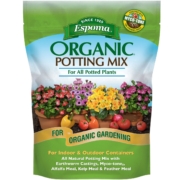
Did you finish harvesting your summer crops and find yourself wondering what to do next? There’s still plenty of time to get a fall and winter garden going before the first frost! Try planting one vegetable right as another one finishes. This is a process many gardeners use called succession planting and will maximize your harvest all season long. Here are four different ways to do it!
Harvest and replant
Go ahead and harvest your veggies that are ready to go. When you’re done, plant another set of vegetables with a shorter maturity date in that same plot in your garden. Replacing leafy greens with potatoes is a great example of this method.
Be sure to plan accordingly here! Growing based on maturity can be a little tricky if you aren’t planning for your region. Make sure to check the seed packet or plant tag to find out how long the plant will take to mature and what temperature in which it will grow best. Also be sure you have enough seeds to keep you going through the season.
Companion crops
This method involved planting two or more crops with varying maturity dates around each other. This way, even after you harvest the first crop, your garden will continue to flourish! Radishes next to cucumbers are a perfect example of this since radishes will be harvested before the cucumbers start to produce too much shade.
Remember to feed all your crops at their varying stages of growth to keep them moving along. Espoma’s Garden Tone will keep the soil rich in order for your crops to continue thriving as the weather gets colder. And don’t hesitate to pull plants that are reducing or ceasing harvest in order to make room for new crops!
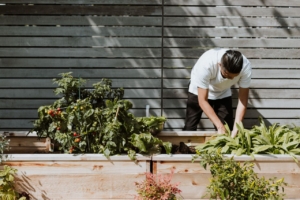
Staggered crops
Try planting the same crop every few weeks in order not to be bombarded by the entire crop at once. For example, tomatoes and peas would work well in small batches throughout the entire season.
Just one crop
Lastly, you can always keep things simple by planting the same crop with different maturity dates. Seed packets will often display the days to maturity for you. Broccoli, for example, is a crop with various maturity dates.
Don’t forget that you can always start your seeds indoors in order to speed up the growing process outdoors! This allows you to harvest and quickly plant to keep your garden at an optimum level throughout the fall and winter season.
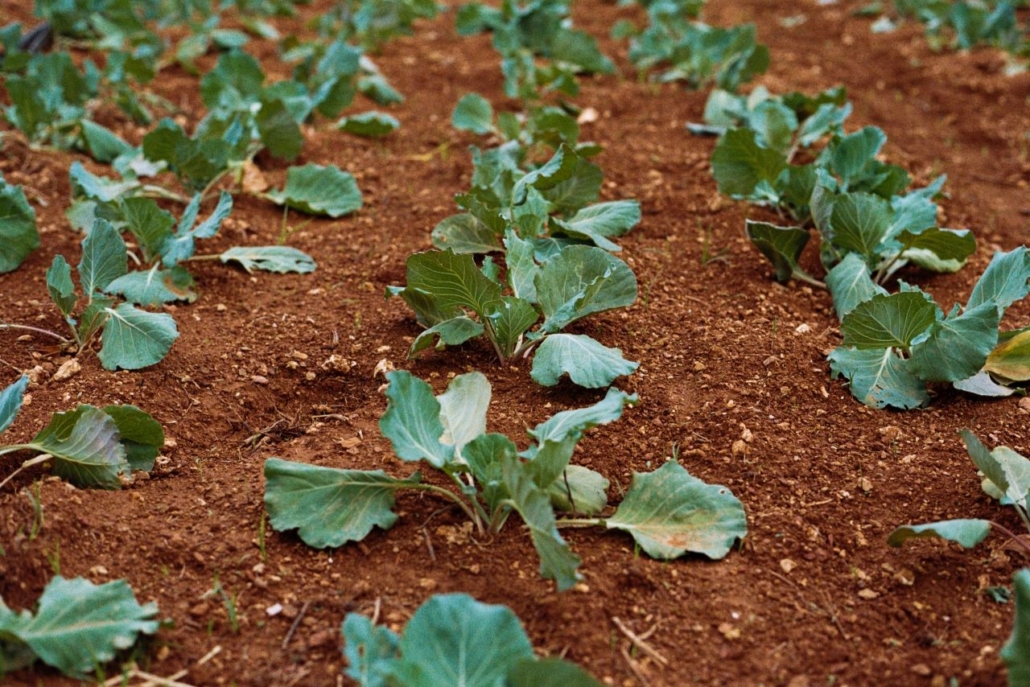
Ready to get out there and start succession planting? We can’t wait to see your endless harvests all season long! Get started by making a list of veggies it’s not too late to plant.
Featured Products:
Follow along as Laura from @Garden Answer takes care of her new fiddle leaf fig cuttings with the help of Espoma!
Featured:
Laura from @Garden Answer is packing up her truck with some annual plants and trusty Espoma products to revamp her driveway and spruce up her local church! Follow along to see how she gets it done.
Featured Products:
Spring is here, which means it’s time for new blooms and berries! Laura from Garden Answer uses Espoma Organic Potting Mix and Bio-tone Starter Plus to help her shrubs get a healthy start.
Featured Products:
Are you ready to bring succulents into your home but not sure where to start? Laura from Garden Answer has you covered! In this video, she shares her top seven beginner-friendly indoor succulents and simple care tips to help them thrive. Laura recommends starting with a high-quality organic potting soil like Espoma Organic Cactus Mix and feeding with an organic fertilizer like Espoma Organic Cactus! Liquid Plant Food.
Learn more about Garden Answer here:
https://www.youtube.com/c/gardenanswer
https://www.facebook.com/gardenanswer
https://www.instagram.com/gardenanswer/
Featured Products:
Just because it’s winter doesn’t mean you can keep growing your indoor garden! The perfect way to turn it into an indoor jungle is to utilize trailing plants and high spaces around your home. These plants are characterized by their ability to grow long so they can gracefully drape down from bookshelves or windowsills. Here are some of the best ones to integrate:
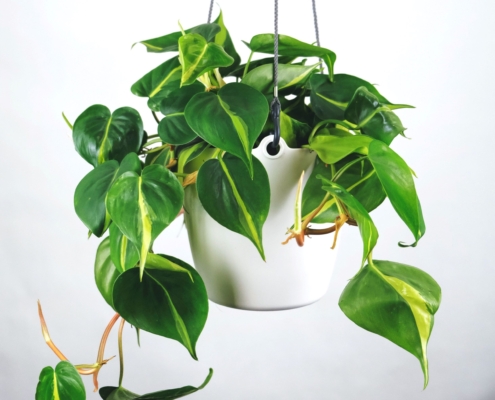
1. Philodendron
If you’re a new plant parent, philodendron may be the best choice to start. There are over 200 different types of just this plant alone, so you have plenty of options. The most important things to remember are to place it in indirect sunlight and water about once a week. Be careful because direct sunlight can cause sunburn on their leaves.
2. Pothos
This long, leafy vine also prefers indirect sunlight and moist soil. One of the most common problems with this trailing plant is that it can get thirsty very easily, so make sure to look out for signs of a dry habitat such as crispy brown leaf tips. For optimal care, they should be kept in a room that is 70°-90ºF during the day and above 60º F at night. That means keep them away from any drafty windows for the remainder of winter!
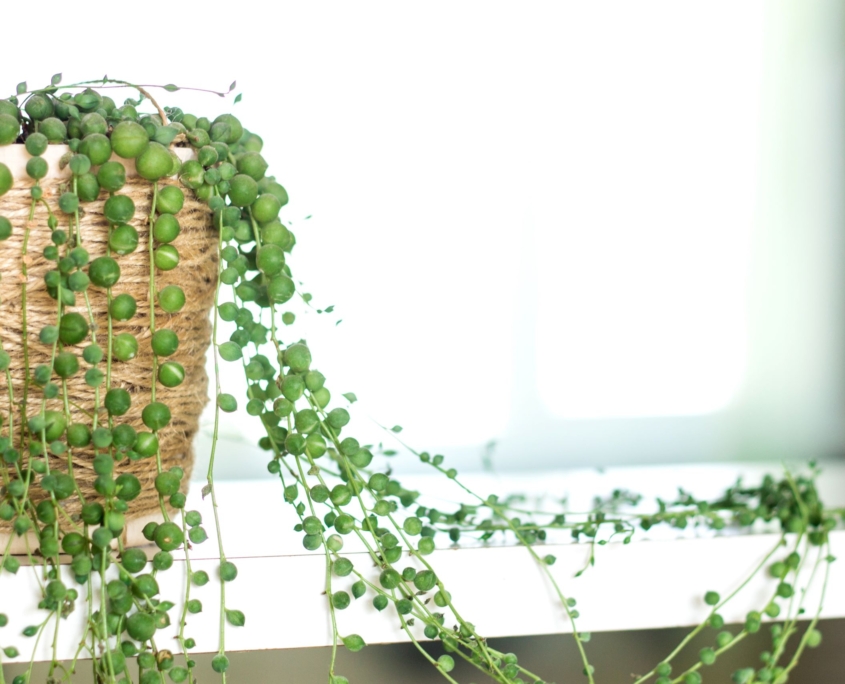
3. String of Pearls
Another great starter trailing plant is the string of pearls. Unlike philodendron or pothos, this succulent thrives in bright light and can survive with less water. Be sure to check the soil and verify that it’s dried between waterings to avoid root rot from overwatering! If you’re ready to see this plant baby thrive in the coming growing season, stock up on indoor plant food and feed them every other month until spring and summer, then up their feeding schedule to once a month.
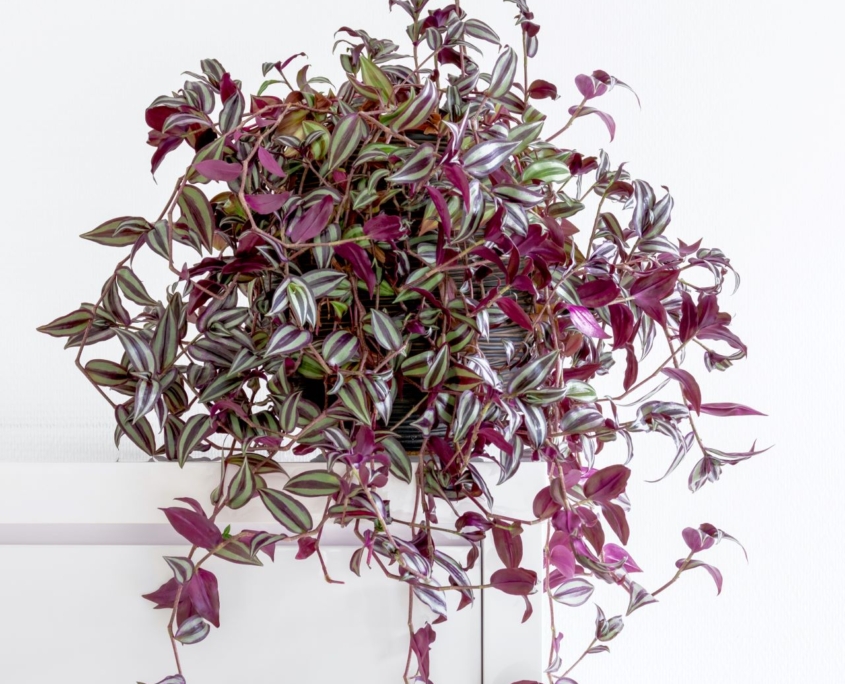
4. Inchplant
These beautiful purple leaves on top of trailing stems are perfect for hanging baskets! You need to make sure your inchplant is getting plenty of sun, because their overall health will decline if kept in low light for too long. The best way to help them thrive is to place them on a sunny windowsill.
5. Arrowhead Plant
This plant is known for its beautiful large leaves that resemble arrows. They prefer bright light and moderate watering in addition to well-draining, acidic soil. A great way to make sure this plant stays happy and healthy is to give it the quality soil it craves. Don’t forget to repot your plants at least once a year with our Organic Potting Mix.
Have you decided which of these plants you want hanging around yet? There are plenty of options to greenify your shelfs and ceiling space, and many of them are easy to care for! Plus, adding these plants now will mean lots of new, beautiful growth in the coming warmer months.
Featured Products:
Watch Laura from Garden Answer show you how to grow citrus in containers!
Featured Products:
Sorry, no posts matched your criteria
